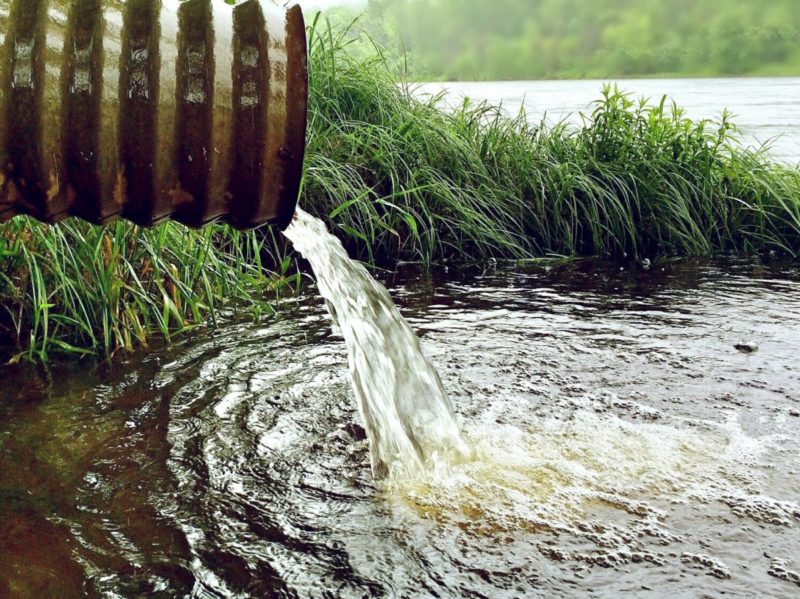How often to flush water heater? This question is answered but depends on the quantity of hot water used and the water heater’s tank size.
It is always better to rely on the instructions of the manufacturer. The more a household uses hot water, the greater the frequency of maintenance flushing.
The water heater sludge mounts up underneath the tank over time as this is true as sediment, minerals, and other deposits stay in the water. Flush them out to prevent malfunctions and prolong the life of a heater. So, always remember to read the instructions of the manufacturer. Let’s read further the guide below on flushing the water heater.
General Guide On Flushing Water Heater
Follow this general guide on the flushing water heater:
- 1 or 2 people. Get the water heater in your house inspected after six months. Drain it correctly every 12 months.
- 3 to 5 people. Get the water heater in your house inspected after four months. Drain it after eight months.
- Six or more people. Get the water heater in your house inspected after four months. Drain it every six months. Nonetheless, you may drain the tank often if the water is from the well. Or, you will do this if the water coming from the municipality has higher sediment content.
Reasons For Flushing Water Heater Regularly
The flushing and draining process includes the responsible maintenance of the water heater. It does remove the sediment which gathers underneath the tank. The issues that can go with ignoring maintaining a water heater includes the following:
- Deposit in the water coming from faucets
- Reduced energy efficiency driving up the utility expenses
- Sediment clogs change the water pressure or cause bursting pipes
- Failure in the water heater resulting in expensive replacement
Follow a daily maintenance schedule to ensure the water heater functions accurately, considering the longest time possible. Invest in the daily maintenance tasks. This way, you will avoid expensive repairs, including untimely replacements.
Extra Tasks in Maintaining Water Heater Than Just Flushing It
Perform additional maintenance tasks below to prolong the life of the unit. Thus, it also ensures efficiency in the long run.
- Valve for reducing pressure. The proper setting in a valve for reducing stress ranges from 50 to 60 psi. The higher psi can damage the dishwasher, water heater, toilet valve, washing machine, and refrigerator ice maker. It indicates that if water drips from the valve, the water pressure is relatively high.
- Water pressure. The water heater has a pressure gauge in the drain valve or a hose bib. Set the device at or under 60-psi. During the night, set it at or under 80-psi. One that goes above the values requires installing a PRV that avoids safety hazards.
- Expansion tank. This tank accompanies a hot water tank on a closed plumbing system to control thermal expansion. The air pressure in the tank matches the pressure of the water.
- Valve for pressure relief and temperature. This part is in the top of a water heater tank; it does open a tank after it goes through an over-pressurization. It releases the air after it opens. The tank can explore and pressurize more if it does not work correctly. Water that drips from the valve indicates a higher water pressure. High pressure and a water tank with no expansion tank suggest installing one.
- Anode rod. The anode rod helps prevent and reduce corrosion. It also extends the life of a water heater. Turn off the supply for cold water after you turn off the power or gas. Bring relief in the tank’s pressure as you open a hot water tap nearby. Utilize a socket, including an impact wrench that eliminates an anode rod. The rod moves toward the tank and its topmost part next to the cold-water inlet.
The cap is there over the rod. It is proper if there is some corrosion or pitting in the metal rod. Replace it as possible. But when it is missing, the result is a lost or no smooth surface. One more indication that anode rod replacement is essential if milky water is thereupon flushing the tank. Turn on the supply of cold water after you replace the tank rod. Water will fill the inside tank before turning the power back on the water heater. I guess it’s helpful to read about replacing the water heater before it fails.
Hiring Water Heater Maintenance Services For Your Issues
How often to flush water heater? Do you also need more help from a maintenance service provider? If there is still an issue faced with flushing a water heater, talking to an expert plumber is better. This way, you will get more profound guidance. For sure, one that offers water heater maintenance and repair services. Flush the water heater by hiring a plumbing technician today.
It’s A Wrap!
Now you learn how often to flush water heater. It matters if you read the instructions manual as it guides you on doing it correctly. Moreover, think about the other maintenance tasks mentioned to keep the water heater working. Click on these links to read related articles; know how to fix a gas water heater and when to replace a water heater.

